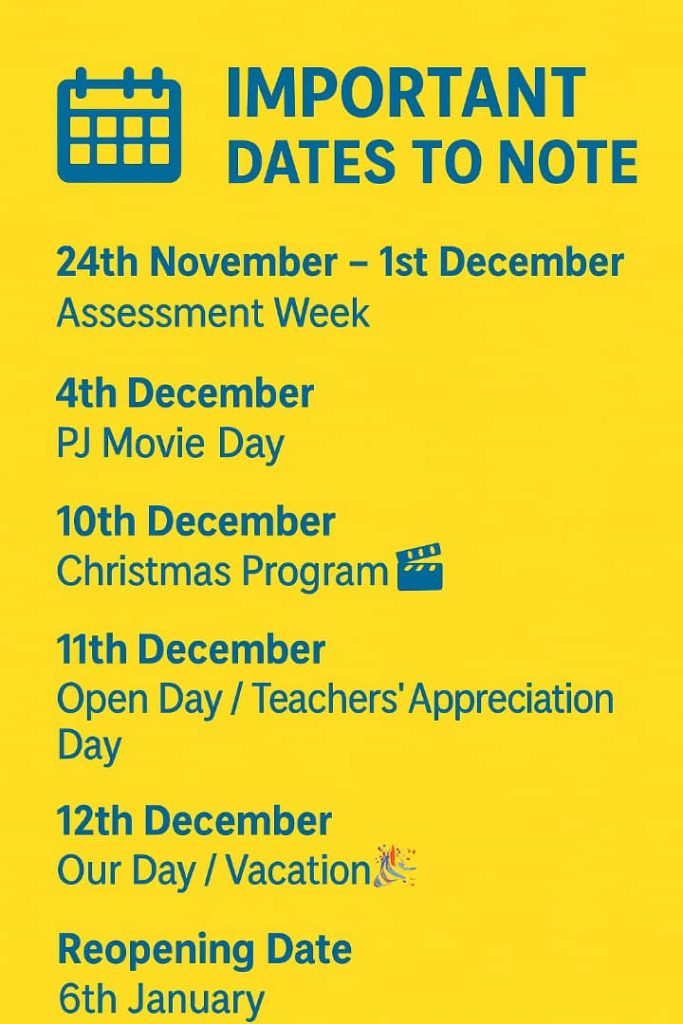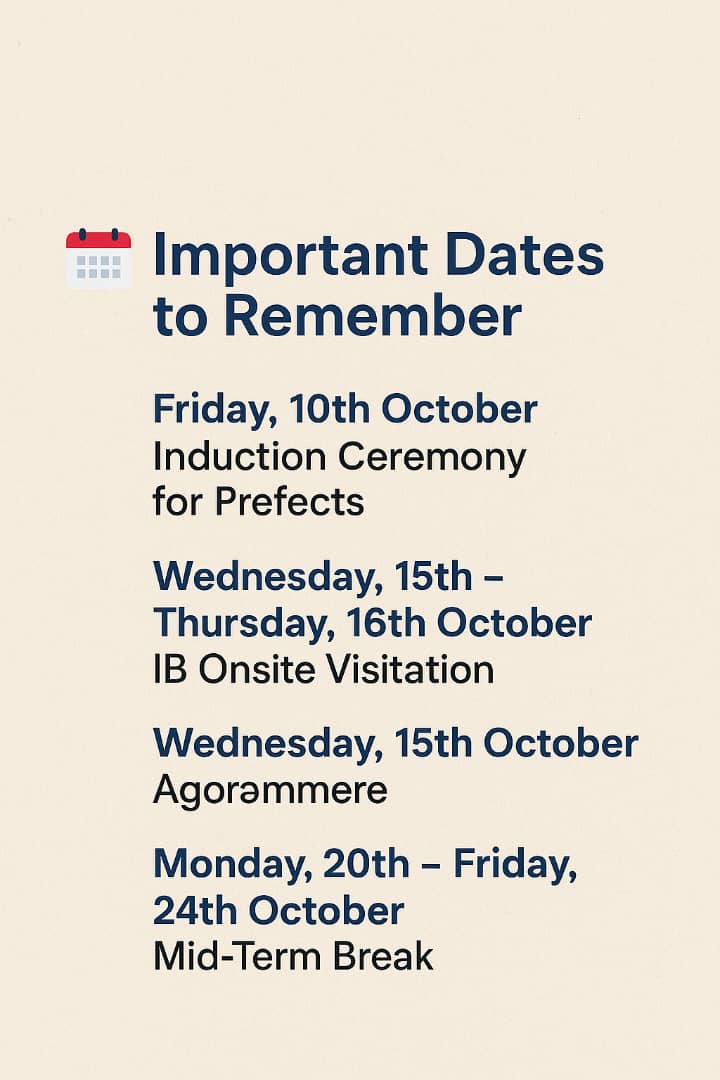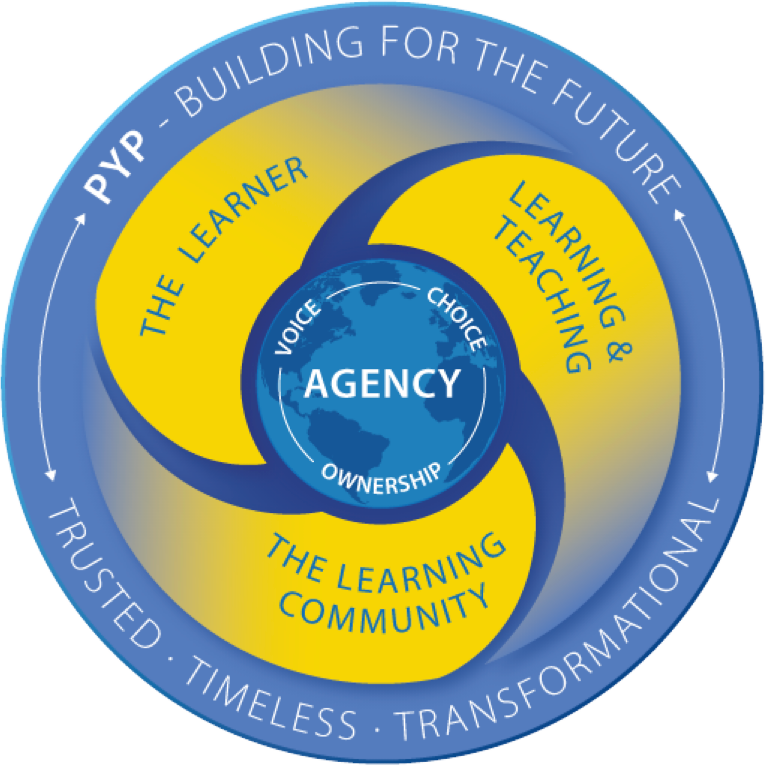
The International Baccalaureate® (IB) Primary Years Programme is a curriculum framework designed for students aged 3 to 12.
The PYP transdisciplinary framework focuses on the development of the whole child as an inquirer, both at school and beyond.
Informed by research into how students learn, how educators teach, and the principles and practice of effective assessment, the programme places a powerful emphasis on inquiry-based learning.
Find out how to become an IB World School, in order to implement the programme, and read about the benefits of the PYP curriculum below.
What the PYP offers students
By choosing to implement the PYP, schools will develop students’ academic, social and emotional wellbeing, focusing on international-mindedness and strong personal values. The PYP nurtures independent learning skills, encouraging every student to take responsibility for their learning.
The programme incorporates local and global issues into the curriculum, asking students to look at six related, transdisciplinary themes and to consider the links between them. The themes include ‘who we are’, ‘where we are in place and time’ and ‘how the world works’.
Read about the content of the PYP in more detail.
Why offer the PYP?
The PYP delivers excellent results for students aged 3 to 12. For example:
- PYP students outperformed non-IB students in mathematics, reading and writing in a global International Schools’ Assessment study that ran from 2009-2011
- A 2014 national study in Australia found that students in the PYP perform better than the national average in nationwide science tests
Taking on the PYP is a path of discovery for schools. The PYP invigorates learning and teaching, and transforms school community and culture. Watch this video to see two schools on their journey, and read more key facts about the PYP. .
Key facts about the PYP
The International Baccalaureate® (IB) Primary Years Programme (PYP) was introduced in 1997.
It followed the introduction of the Middle Years Programme (MYP) and the Diploma Programme (DP) – established respectively in 1994 and 1968.
The PYP is taught to students aged 3-12.
As of 3 September 2019, there are 1,782 schools offering the PYP, in 109 different countries worldwide.
Learn about the PYP curriculum and becoming authorized to implement the PYP.
Origin of the PYP
The PYP was developed through the vision and effort, sustained over ten years, of the former International Schools Curriculum Project (ISCP).
Their goal was to produce a common curriculum, for students in the 3-12 age range, which would provide continuity of learning within each school and ensure that the curriculum developed international-mindedness on the part of learners.
Since being introduced by the IB, the PYP continues to meet these initial aims of providing a curriculum that brings international-mindedness to the school community.
How the PYP works
The International Baccalaureate® (IB) Primary Years Programme (PYP) is underpinned by six transdisciplinary themes around which learning is planned.
These are:
- Who we are.
- Where we are in place and time.
- How we express ourselves.
- How the world works.
- How we organize ourselves.
- Sharing the planet.
These themes are selected for their relevance to the real world. They are described as transdisciplinary because they focus on issues that go across subject areas.
The transdisciplinary themes help teachers to develop a programme of inquiry. Teachers work together to develop investigations into important ideas, which require a substantial and high level of involvement on the part of students.
Through the PYP curriculum framework, schools ensure that students examine each theme.
Read about the PYP curriculum framework.
PYP in an early years setting
The PYP is designed to be responsive to young children’s ways of knowing. It provides schools with a thoughtfully designed way to give 3-to-5-year-olds stimulating, supportive interactions with their teachers and the effective use of curricula.
Watch this video to see more about early learning in the PYP.
The IB knows that young learners are intelligent, resourceful and creative individuals who grow, develop and learn at different rates. They explore their environment and learn about their world through play and relationships with peers, teachers, family and community members.
Early learning in the PYP is a holistic learning experience that integrates socio-emotional, physical and cognitive development. In the PYP classroom, it takes place in dynamic environments that promote play, discovery and exploration.
Parents whose children have experienced the PYP in an early years setting like how the programme acknowledges that each child is unique.
And teachers appreciate the opportunities for professional development that the IB offers them. Online and face-to-face workshops are available year-round, including ones such as “Making the PYP happen in the classroom in the early years” and “Play-based learning.”
Both practitioners who have no formal qualifications in education or child services and those with such qualifications find workshops designed for them.
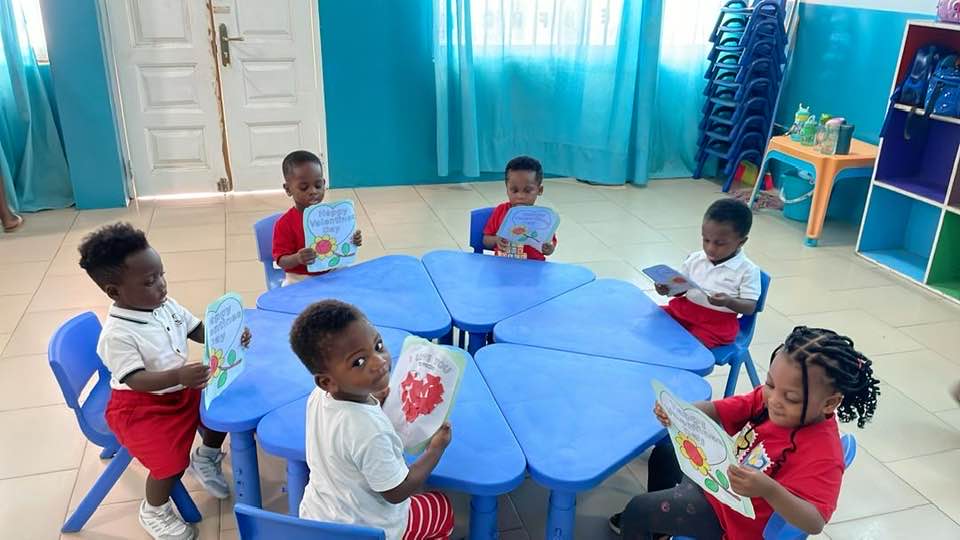
Who can offer the PYP?
The Primary Years Programme (PYP) is offered by many types of schools around the world, including state schools, private schools and international schools.
As a flexible curriculum framework, the PYP is able to accommodate the demands of most national or local curriculums.
Curriculum content can be taught very successfully through the programme’s inquiry and concept driven approach to learning. Schools that are required to meet national standards can do so through the PYP.
Find further information on how the IB’s programmes have been used as national or district curricula, or alongside them.
The PYP in practice
Hear from students and teachers at Sreenidhi International School, Hyderabad, about how taking on the PYP transformed their learning community.
What’s the process for implementing the PYP?
Any school teaching students aged 3 to 12 can apply to implement the Primary Years Programme and become an IB World School.
Interested schools must successfully complete an authorization process. During this process, the IB supports schools in building the understanding and organizational structures it will need to implement IB’s internationally minded programmes.
Reach out to the development team for more information about becoming an IB World School.
Must a school be fully authorized to implement the PYP?
In order to implement the PYP, a school must have begun the process of authorization as an IB World School.
A school can begin to implement the PYP before it is fully authorized – but it must have completed the initial application process.
Once the first part of a school’s application has been accepted, the school is awarded candidate status.
At this point, it can begin to implement the PYP. The school will then work towards becoming an authorized IB World School, according to the steps outlined in the PYP authorization process.
Read about the benefits of becoming authorized as an IB World School.
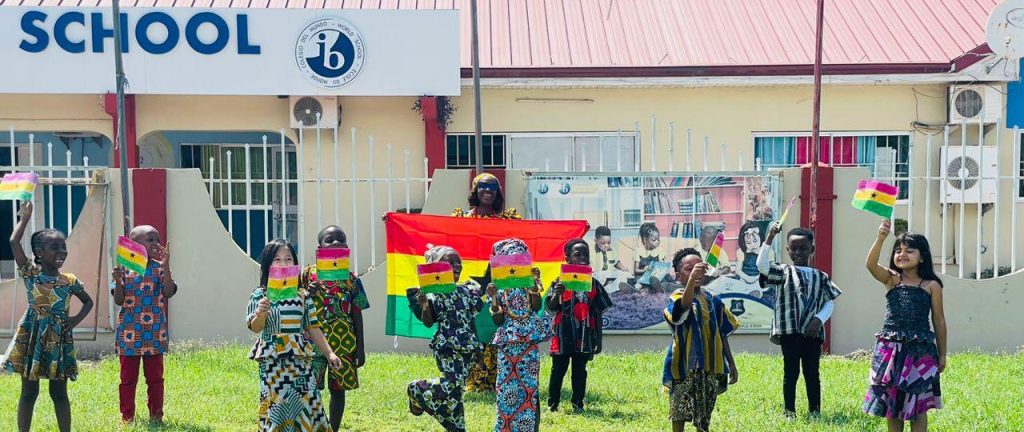
Learning languages in the PYP
From at least the age of 7, all students in the International Baccalaureate® (IB) Primary Years Programme (PYP) have the opportunity to learn more than one language.
This can happen in different ways, depending on the context of the school. For example, students might be learning in:
- a programme with one dominant language of instruction, which may be the student’s mother tongue or an additional language
- a bilingual programme where, most often, one of the languages of instruction is the student’s mother tongue
- a programme that offers support for students who are new to the language(s) of instruction, as well as additional mother-tongue support.
The PYP acknowledges that development of mother-tongue language is crucial for both cognitive development and maintaining cultural identity.
Teaching languages in the PYP
Language is involved in all learning and is an essential vehicle for inquiry and the construction of meaning. It provides an intellectual framework to support conceptual development and critical thinking.
All PYP teachers have a responsibility to address the language needs of their students in the language of instruction. When teachers plan learning experiences that enable students to develop language within meaningful and enjoyable contexts, students are able to make connections, apply their learning, and transfer their conceptual understanding to new situations.
In many schools, students are learning in a language other than their mother tongue. This means that schools pay close attention to students’ language needs and abilities to ensure they participate fully in the programme and are able to reach their full potential.
Further guidance for PYP teachers
Learn more about language development in a PYP workshop for teachers.
Transitions from the PYP
The International Baccalaureate® (IB) Primary Years Programme (PYP) aims to help students develop the skills, knowledge and attitudes they need to excel not only in their studies, but also in their personal growth.
PYP students are well prepared for the next stage of education, including participation in the IB Middle Years Programme (MYP). The MYP is taught to 11-16 year olds.
Going from PYP to MYP
The PYP prepares students for the MYP through its concept-driven, transdisciplinary approach. PYP students spend most of their time with one classroom teacher, exploring the connections between academic subjects.
In the MYP, students begin the study of distinct disciplines; however, the PYP’s transdisciplinary themes–along with the programme’s strong commitment to collaborative teaching– provides a strong foundation for interdisciplinary study in the MYP. Both programmes reflect the depth, breadth and balance that characterizes the IB continuum of international education.
As students move from primary to middle level education, they benefit from the IB’s consistent educational philosophy. The MYP shares the PYP’s commitment to learning through inquiry and continues to develop attributes of the IB learner profile. Careful alignment between the programmes helps students flourish personally and academically as they enter the world of early adolescence.
Learn more about the MYP and how to implement the programme at your school.

